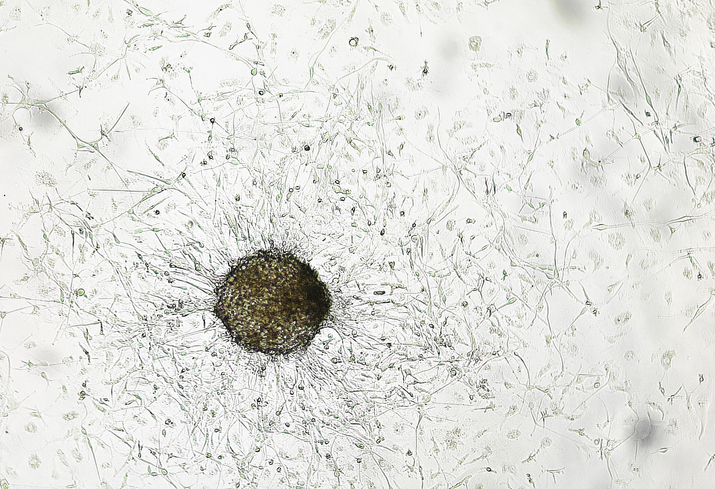
Here are the top stories recently covered by DocWire News in the hematology/oncology section. In this edition, read about the mortality risk for women receiving cancer treatment during COVID-19, the rates of overscreening for certain cancers, the decline of seeking cancer care during the pandemic, the accuracy (or inaccuracy) of self-reported physical activity in cancer patients, and more.
Women receiving treatment for ovarian, uterine, and cervical cancers in New York City are not at increased risk of hospitalization or death during COVID-19, according to a study. The study showed that 54% of the women required hospitalization and among these, 25% died, for an overall death rate of 14%. The researchers noted these data are comparable to the results of another study, which showed a 21% death rate among all 5,700 hospitalized patients with COVID-19 in the city, who were mostly male (60%) and at greater risk of the disease, researchers say. Moreover, the results further showed having late-stage gynecologic cancer, cancer surgery, or high-dose chemotherapy also did not increase a woman’s risk of dying from COVID-19.
According to a study, the rate of overscreening for certain cancers is high, notably for women living in metropolitan areas. Women living in metropolitan areas were more likely to be overscreened for colorectal cancer, cervical cancer, and breast cancer. Overscreening was more common among women with a usual source of care, compared to those who did not have one, for cervical cancer and breast cancer. Women with good, very good, or excellent self-reported health, compared to those with fair or poor self-reported health, also had higher rates of overscreening for cervical cancer and breast cancer. Other factors associated with overscreening for cervical and breast cancers were an educational attainment greater than a high school diploma, compared to a high school diploma or less, and being married or living as married, compared to other marital status.
Perhaps unsurprisingly, a new study shows national decreases in the number of patients being seen for cancer-related care. In this study, researchers used the TriNetX platform to create a COVID-19 and Cancer Research Network, comprised of data from 20 healthcare organizations representing over 28 million patients throughout the United States and includes data from electronic medical records. The researchers observed a notable decline in patients with encounters associated with any neoplasm, including malignant, benign, and in situ diseases (-56.9%); new incidence neoplasms (-74%); malignant disease (-50%); and new incidence malignant disease (-65.2%). The researchers also looked at data from University Hospitals Plymouth NHS Trust in the United Kingdom, which showed similar trends. However, given that these findings are from a single US hospital the researchers cautioned that more data are needed to compare trends outside the United States.
Routine exercise is correlated with a reduced risk for cancer and, among patients already diagnosed with cancer, reduced mortality risk. However, according to a new study, cancer patients may not be accurately self-reporting their physical activity. The researchers compared outcomes of the “Physical Activity Scale for the Elderly” (PASE) questionnaire versus data obtained from accelerometers. “The agreement between the PASE questionnaire and accelerometer-assessed physical activity expressed in min/day was significant but poor (B = 0.36, 95%CI = 0.27; 0.44, p < 0.01),” the researchers observed. “The agreement between the PASE score and accelerometer output expressed in counts per minute was also poor (B = 0.26, 95%CI = 0.17; 0.35, p < 0.01).”
Read more of this week’s headlines from the hematology/oncology section:
Does Tumor Surgery During the COVID-19 Pandemic Increase Mortality Risk?
Night-Time Exposure to Blue Light Linked to Increased Risk of Colorectal Cancer
Treatment Is Over, Now What? Helping Young Adult Cancer Survivors







 © 2025 Mashup Media, LLC, a Formedics Property. All Rights Reserved.
© 2025 Mashup Media, LLC, a Formedics Property. All Rights Reserved.